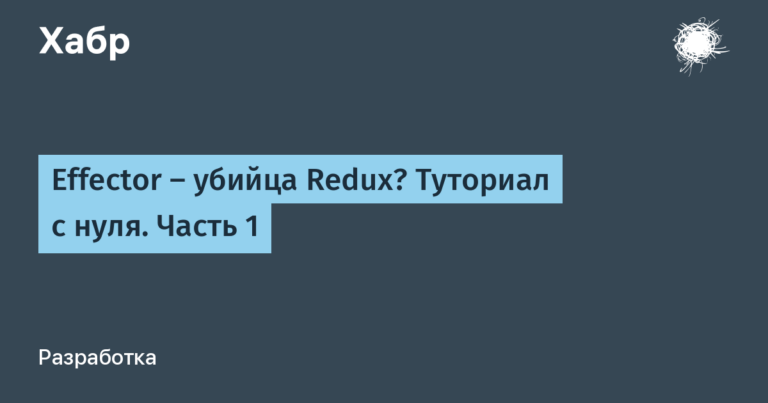Saving Google shared drives from sanctions (addition two years later)
Exactly two years ago, on March 16, 2022, your humble servant talked about simple gestures that, using rclone, allow you to save your corporate Google shared drives locally (not to be confused with your personal Google Drive).
Ok, the data has been saved and you can breathe out. But what if you want to continue using this product, which has no analogues in terms of functionality and ecosystem? And at the same time you still want to sleep peacefully at night? Including after new sanctions:
As you may know, the European Union recently introduced new economic sanctions that, from March 20, 2024, prohibit…
Experience has shown that most companies look at the territory of use of the product de jure, and not de facto. If your account indicates a sanctioned country, then you cannot. If it’s unsanctioned, then it’s fine – even if there are requests from sanctioned IPs.
Unfortunately, it is not possible to change the region in Google Workspace:
You can't change the country associated with your account. You specify your country only once when you set up your billing account.
Many have already worked out further actions. We register a new account in another country and pay for it with a foreign card.
But a small question remains – how to transfer the data.
A complex migration method (with one unpleasant consequence)
If you have a large organization, then most likely you need here.
Google Workspace Migrate allows you to migrate data between different storage types. And, including, in the direction of Google shared drives of one organization → Google shared drives of another organization. It transfers not only drives, but also email and data from other Google services.
The solution is very flexible and designed to be scalable, resulting in additional steps even for small migrations. You need to deploy executable applications on several servers, perform checklists of dozens and dozens of items, and then deal with the scripts. You are definitely guaranteed a minus working day.
After deploying the Google Workspace Migrate mechanisms and setting up the scripts, you will encounter one small problem – changing the id of all Google documents. That is, their link addresses. After all, when Google Workspace Migrate works, files are not actually migrated, but new copies are created. If, as in my case with a consulting company, you have accumulated tens of thousands of linked Google Sheets and Google Docs over the years, and dozens of external organizations “look” at these files, then a small problem begins to lead to big unpleasant consequences.
Easy way to migrate
If you only need to transfer Google shared drives and at the same time keep their id and links, then there is an incredibly simple way.
Under the admin account new admin@newcompany company create the number of disks you need.
Under the admin account old company admin@oldcompany go to each old Google shared drive (if you have more than one) and add an admin new company admin@newcompany with the Manager role.
Under the admin account new companies go to old Google shared drive. You need to do a simple action: use standard Ctrl-A to select all root folders and files on a specific disk, press the Move button and move them to new Google shared drive.
Repeat step 3 for each disk.
The method is simple and in some ways completely obvious. But googling leads to Google Workspace Migrate. And there you will lose both time and the id of all your files.


